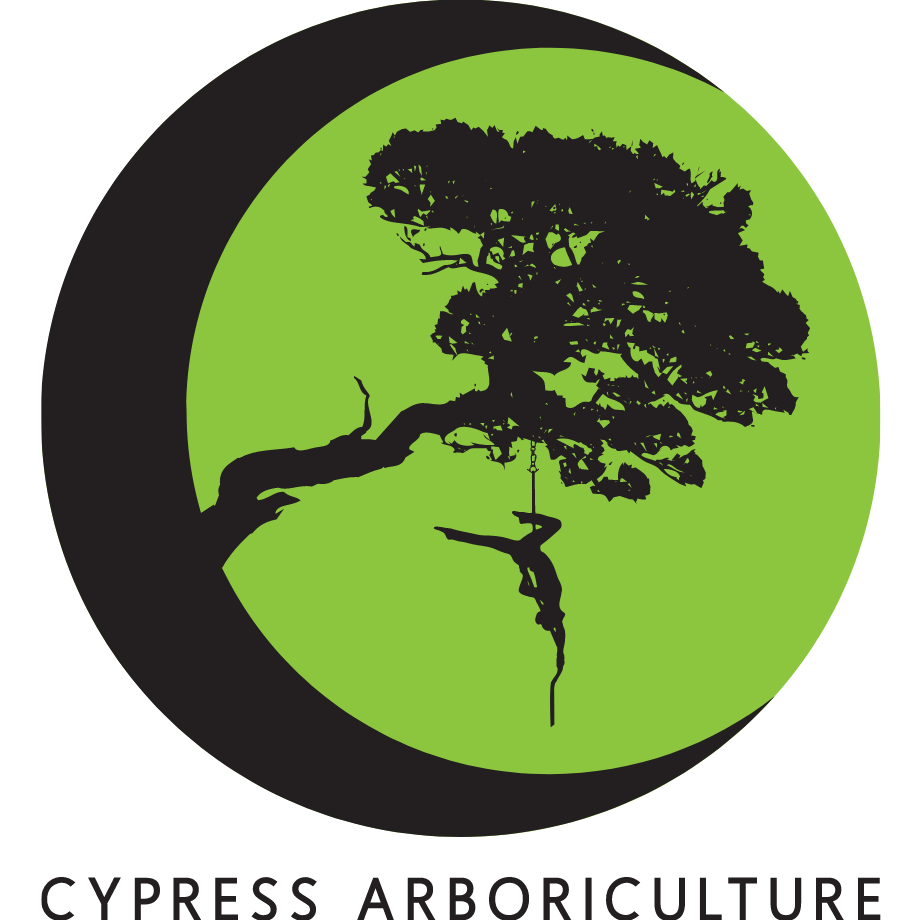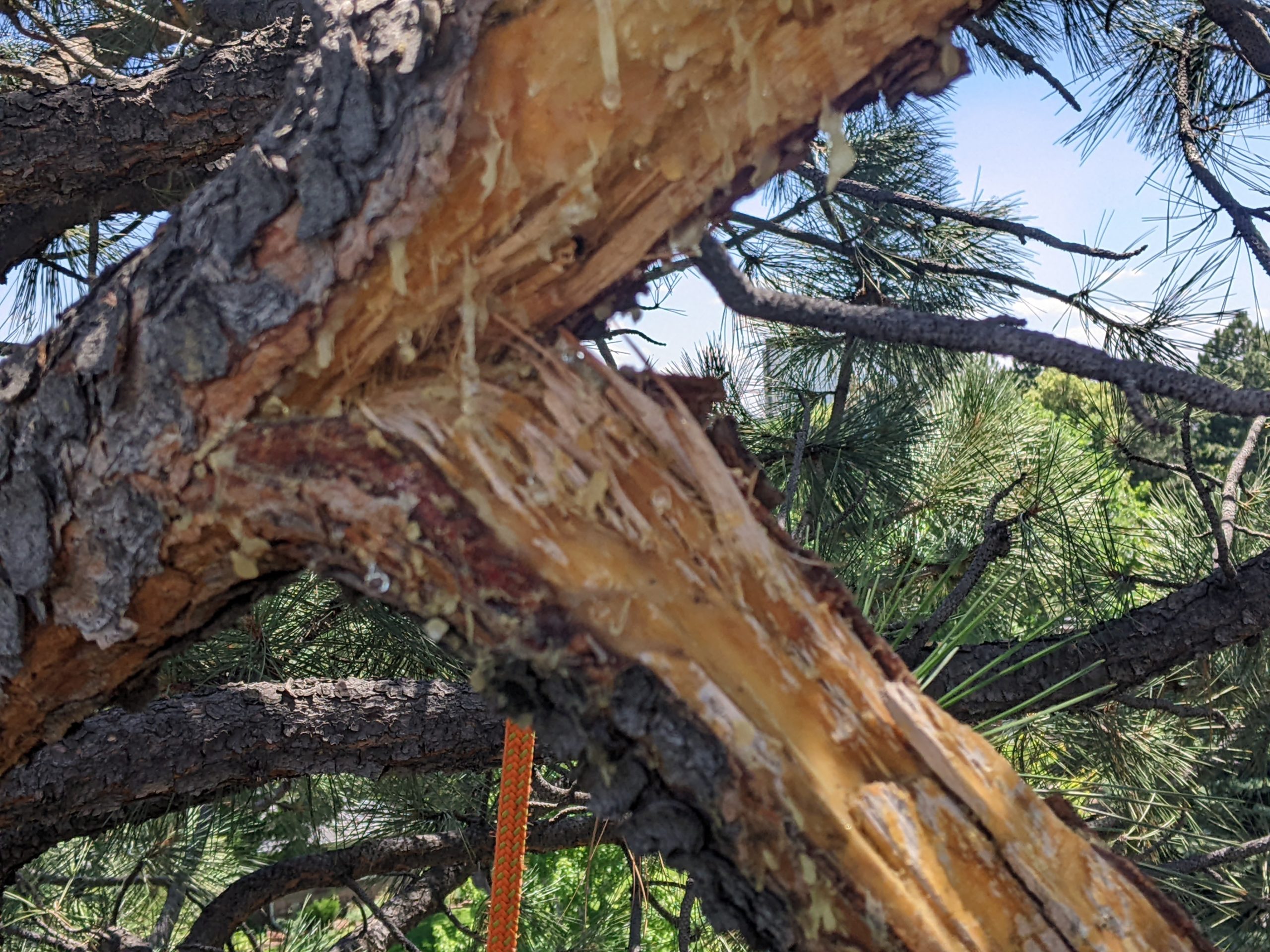Storms – cleaning up after Colorado weather
It’s difficult to know what to write about on a day like today. Last night, a winter storm rolled into town, calling up memories of a flooded Boulder County last year. This morning, the steady drizzle turned to sleety snow, and now we’re faced with worries of an entirely different nature.
Here in Colorado, most of the domestic trees we’ve planted are exotics from more temperate climes. They leaf out enthusiastically as the weather warms up for spring time, filling the air with pollen and the sheen of fresh chlorophyll. We eagerly await the opening of Lilacs, the exhuberant pink and white of Apples in flower. But there can be a downside to all these early-rising plants; storm damage.
It’s said if you don’t like the weather in Colorado, all you need to do is wait a minute. That capricious nature is perfectly (and vexingly) manifested in our late-spring snow storms. These storms, while they provide much appreciated moisture, bring large amounts of wet, heavy precipitation. Snow like this can build up on the surface of new leaves, weighing down branches not equipped to handle the load.
I’ve had a few clients over the years who laugh the resulting breakage off as “job security,” but to we Arborists who care about the health and quality of the trees in our cities, the fallout is devastating. It can take years for a canopy to recover from a bad storm, and many times a tree will only recover with the careful, slow-paced guidance of an arborist experienced with restoration pruning. Often, the central leader of a tree will be damaged by snow loading, or large wounds will have been opened by limbs stripping off the trunk. Such damage doesn’t heal quickly. Restoration pruning requires a skilled judge of structure and energy allocation. We, as practitioners, need to cautiously balance our pruning cuts between the intention to clean up ragged wounds and improve poor structure with the tree’s coming need for productive leaf area to heal those wounds! It can feel like a catch-22 sometimes, and is always stressful.
Storm recovery is much more than hacking up the fallen wood. It’s looking at the injured tree with a practiced eye and determining what can be done to help the tree recover with health and strength.
So as the snow piles up and starts sticking to the leaves of your trees today, don’t think about how happy your Arborist will be to have the work once the storm clears. Instead, picture them as I am today; sitting indoors, biting their nails at the prospect of having to painstakingly restore their favorite canopies to a semblance of their former glory.


